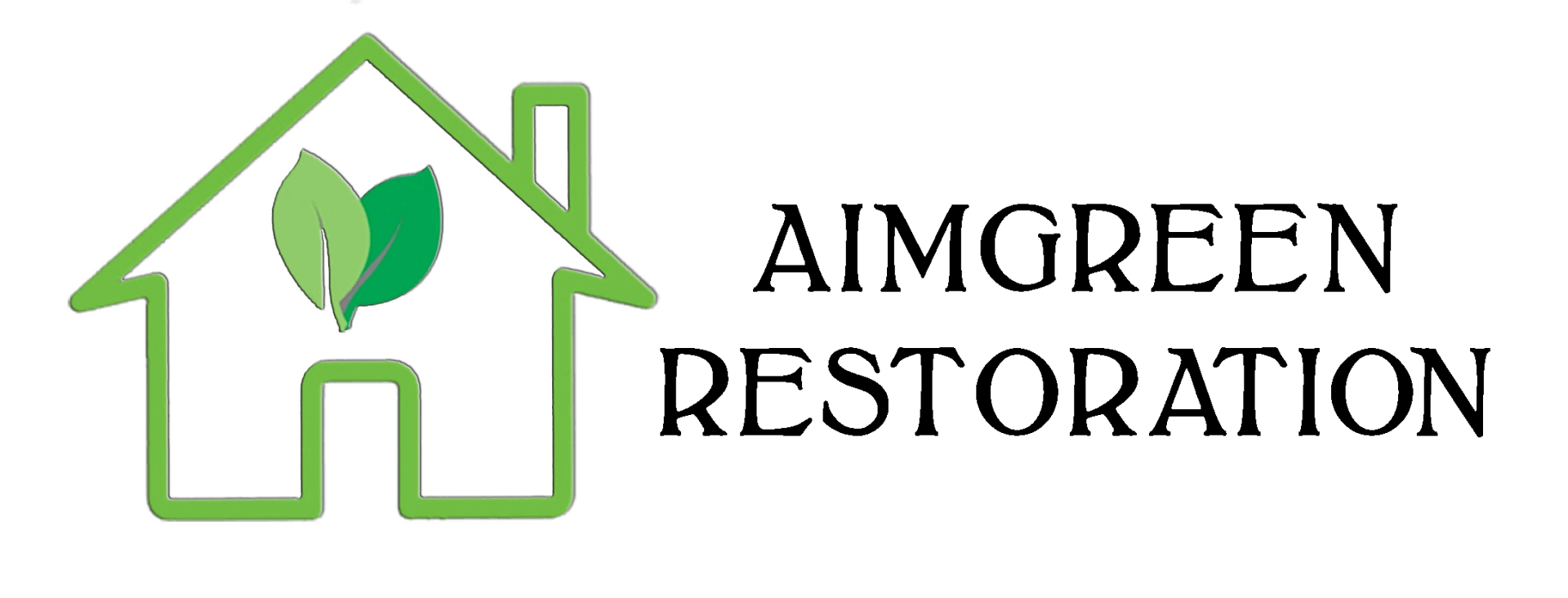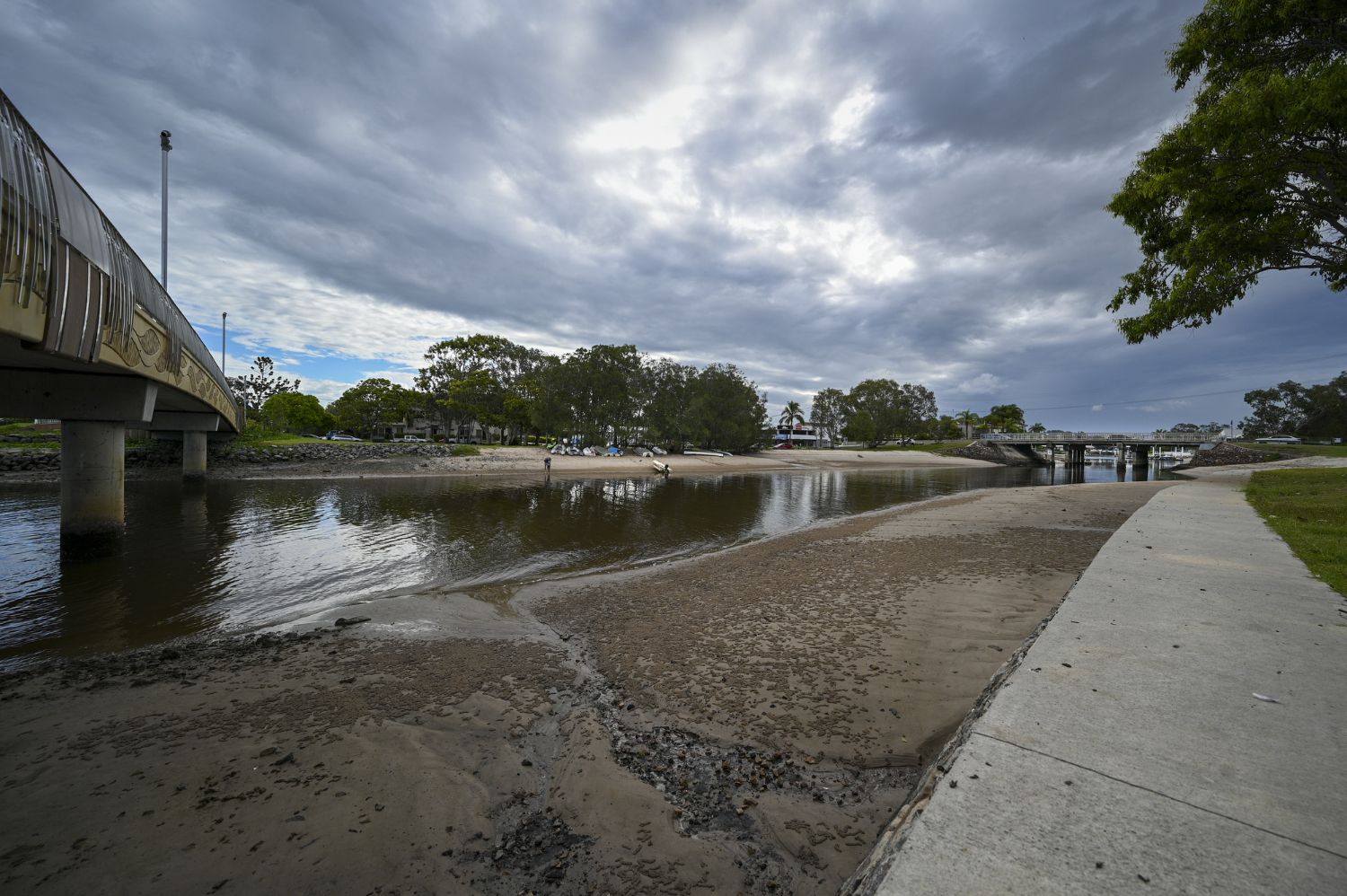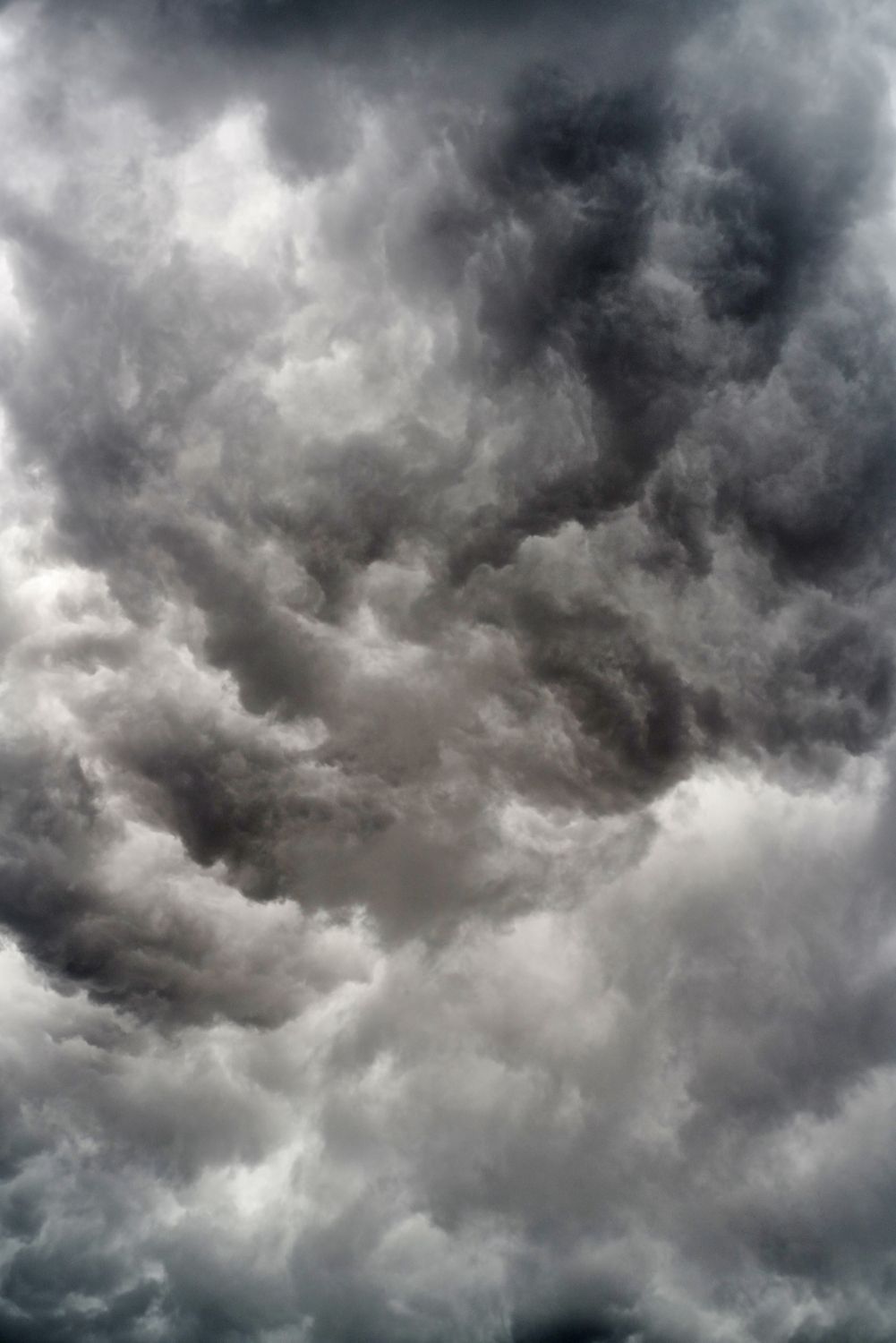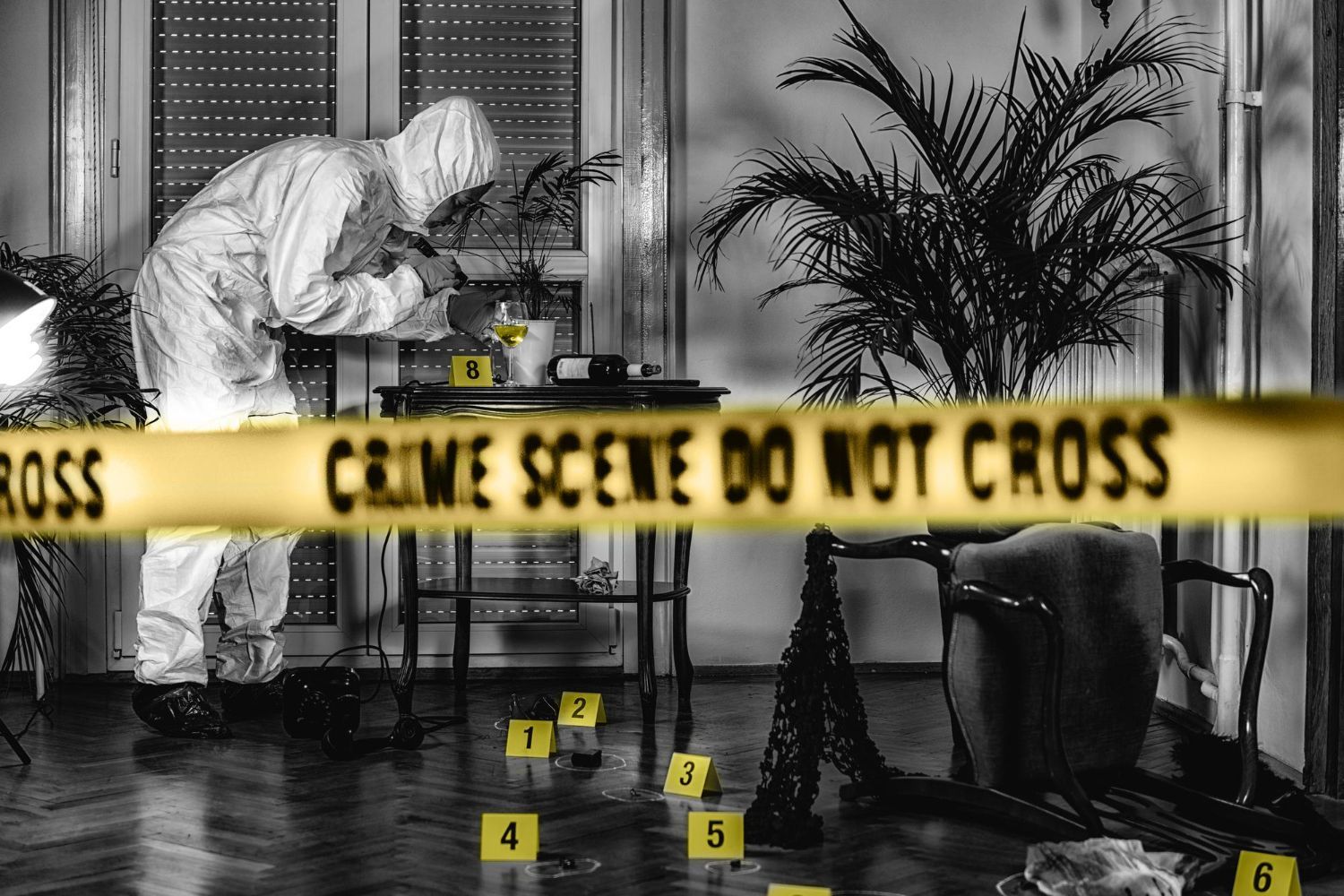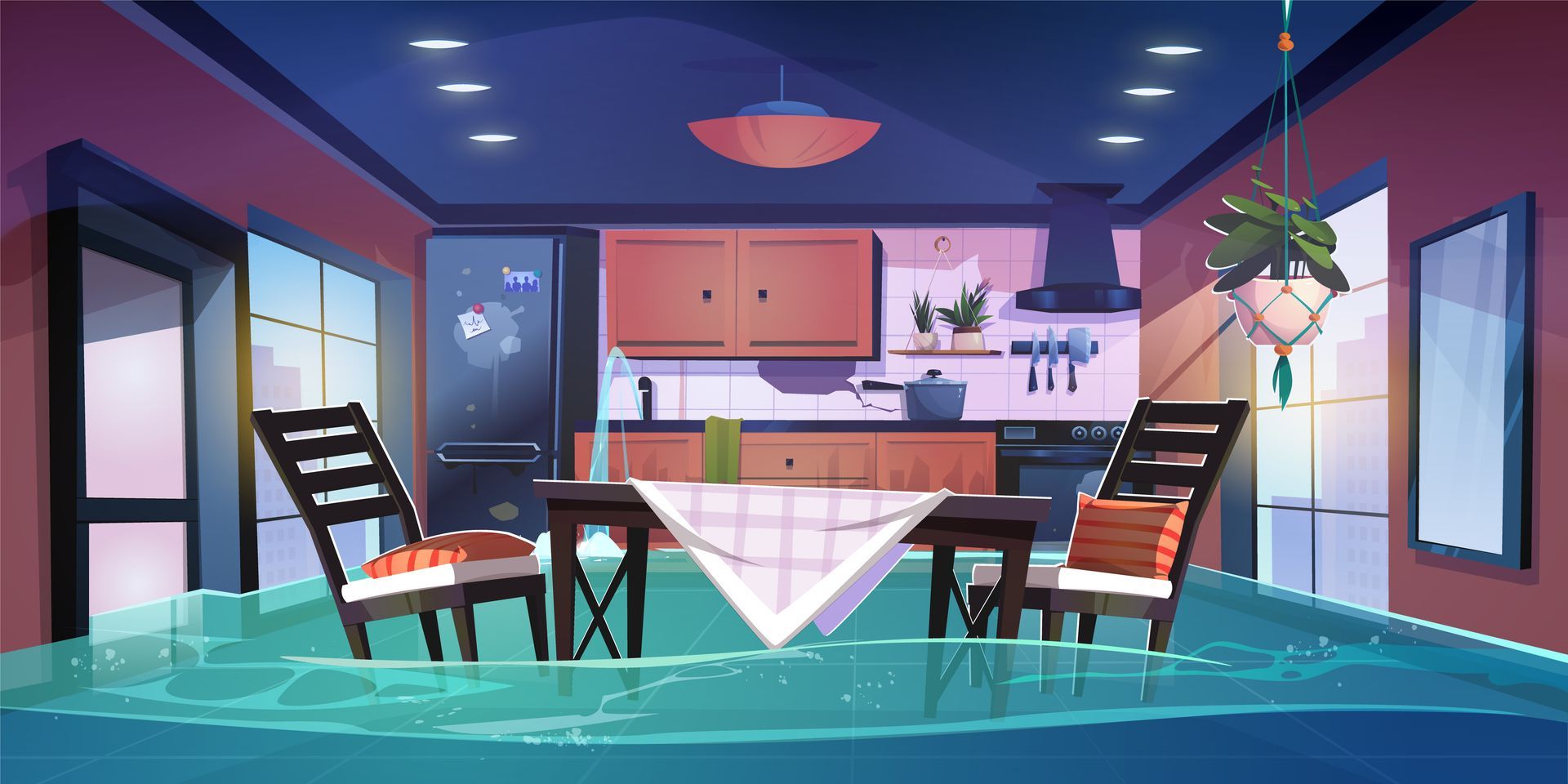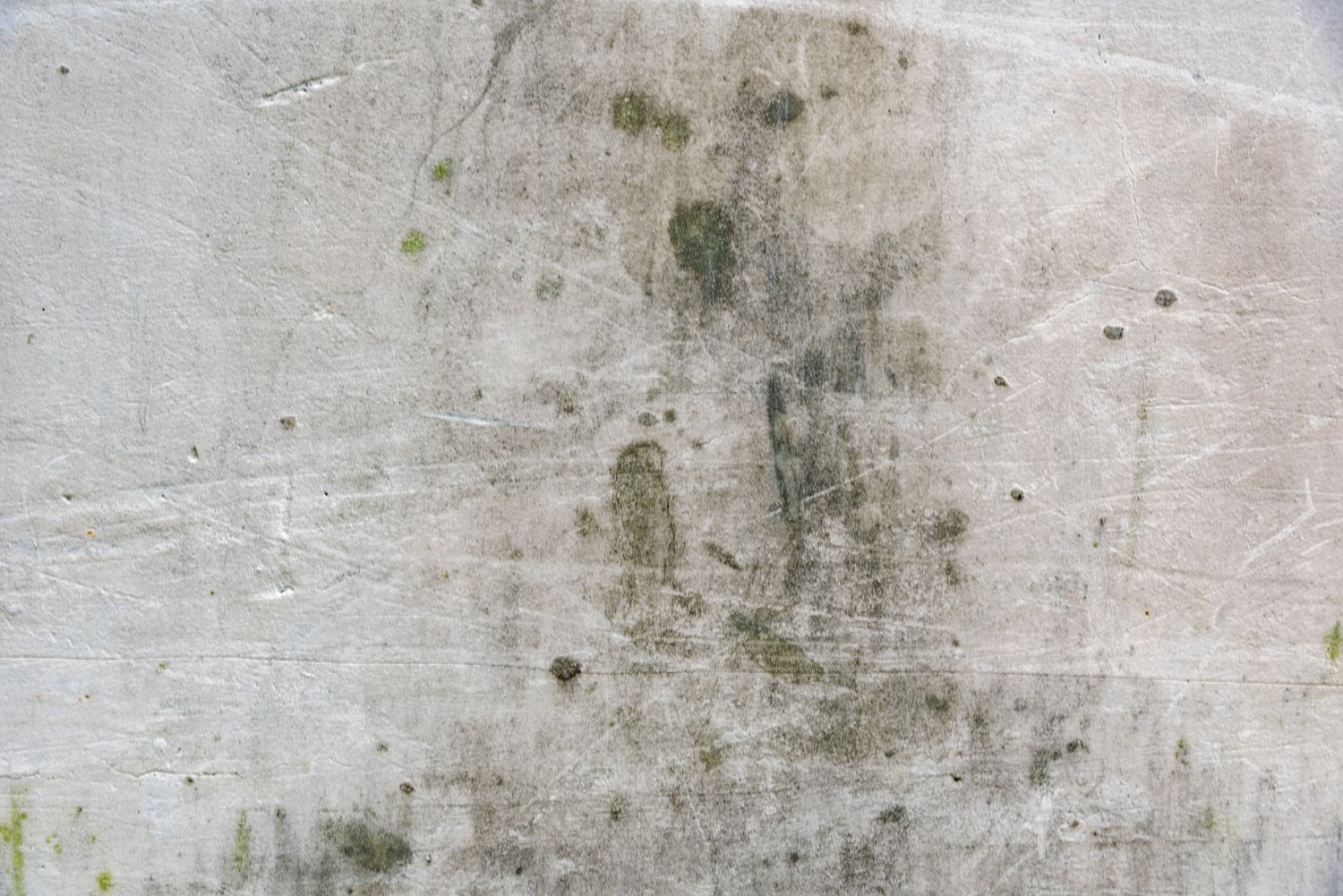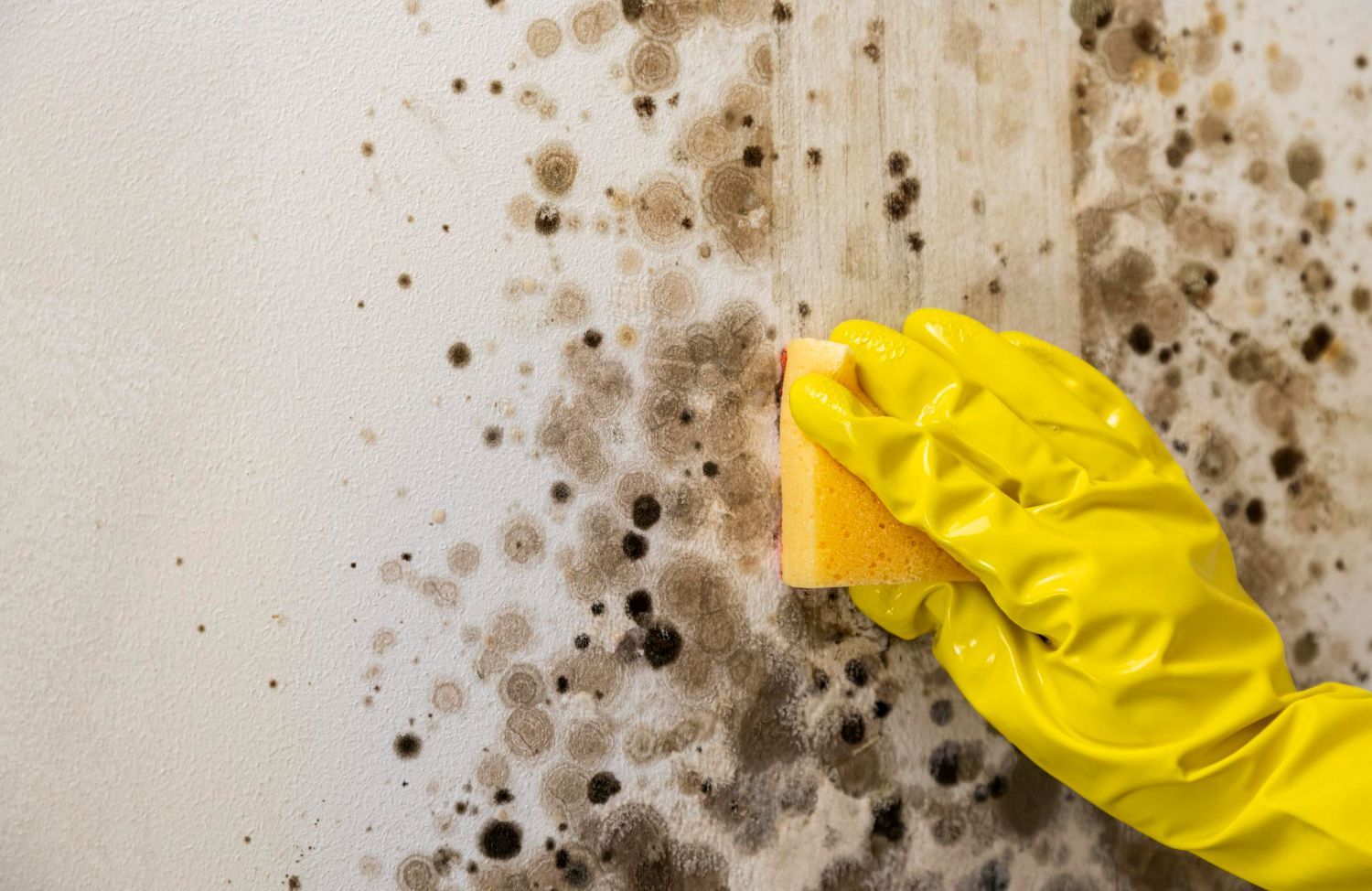Understanding Why Smoke Damage Can Outlast Fire Damage
The Lingering Threat: Understanding Why Smoke Damage Can Outlast Fire Damage
-Columbus, OH
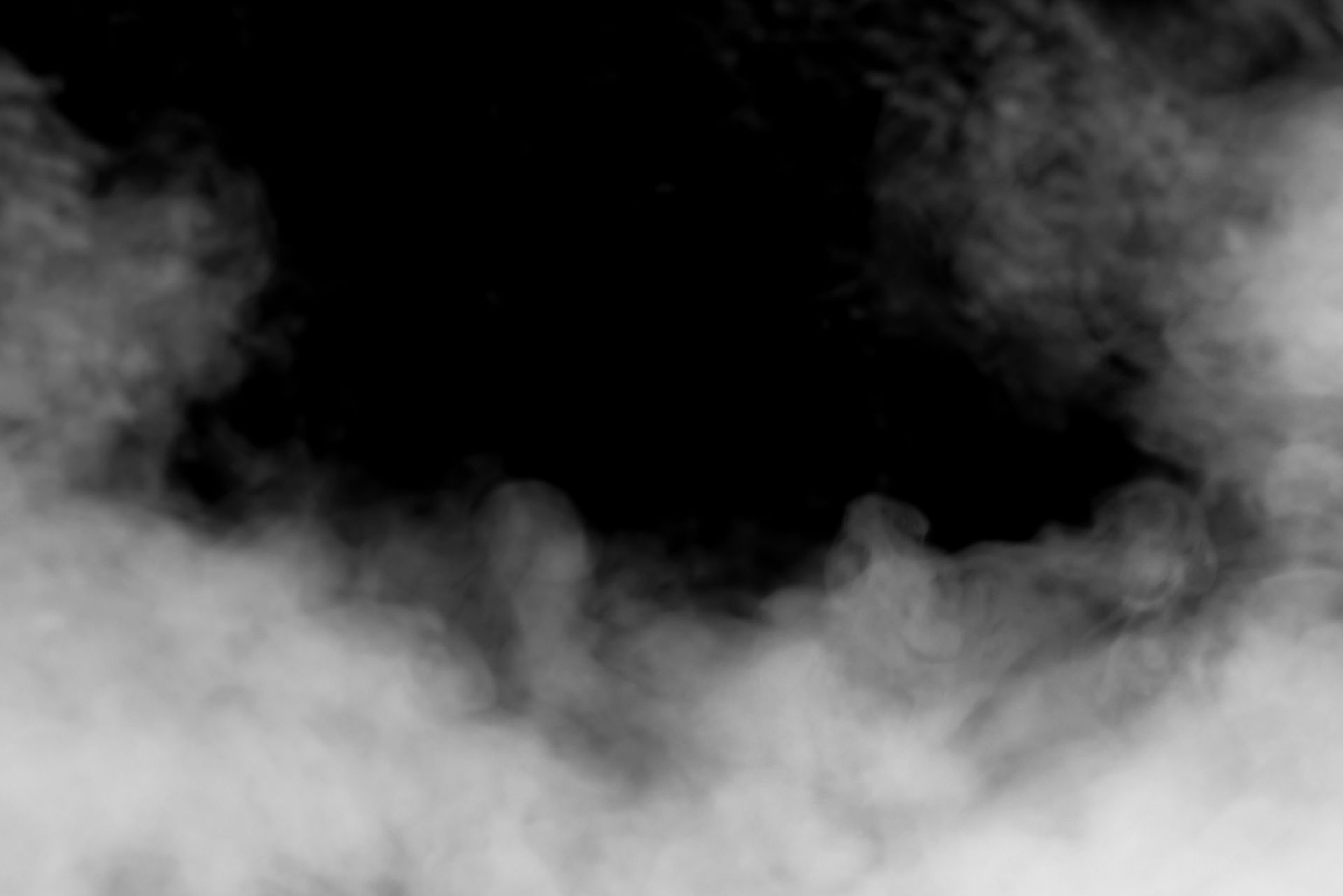
When a fire ravages a property, the immediate focus understandably falls on extinguishing the flames and assessing the visible damage. However, what many homeowners and property managers often underestimate is the insidious threat posed by smoke damage. While fire damage is often more visibly destructive, smoke damage can be far more challenging to eradicate, leaving behind a host of lingering issues that can compromise the safety and integrity of a property.
Here's why smoke damage can be so much harder to remove than fire damage:
- Penetration and Permeation: Unlike fire, which tends to consume everything in its path, smoke has a way of infiltrating even the smallest crevices and porous materials within a property. The microscopic particles and gases present in smoke can permeate walls, ceilings, furniture, and HVAC systems, leaving behind a pervasive odor and residue that is notoriously difficult to eliminate.
- Chemical Composition: Smoke is not just the byproduct of burning materials; it's a complex mixture of toxic gases, soot, and other airborne pollutants. Depending on the materials burned during the fire, smoke can contain a variety of harmful substances, including carbon monoxide, formaldehyde, and volatile organic compounds (VOCs). These compounds can react with surfaces and materials, causing discoloration, corrosion, and deterioration over time.
- Lingering Odors: One of the most persistent and unpleasant consequences of smoke damage is the lingering odor it leaves behind. Smoke particles can embed themselves deep within porous materials like upholstery, carpets, and drapes, releasing foul odors long after the fire has been extinguished. Traditional cleaning methods may mask the odor temporarily, but without proper remediation, the smell can resurface repeatedly, affecting indoor air quality and creating an unhealthy living environment.
- Health Hazards: In addition to being aesthetically and olfactorily displeasing, smoke damage can also pose serious health risks to occupants of the affected property. Prolonged exposure to smoke residue and airborne pollutants can exacerbate respiratory conditions, trigger allergic reactions, and contribute to long-term health issues. Therefore, thorough remediation is essential to safeguard the health and well-being of those living or working in the space.
In conclusion, while fire damage may be more visually dramatic, the lingering effects of smoke damage can present a far greater challenge for property owners and restoration professionals alike. From its ability to penetrate and permeate surfaces to its toxic chemical composition and persistent odors, smoke damage requires comprehensive remediation efforts to fully restore the safety and livability of a property. By understanding the unique complexities of smoke damage and enlisting the expertise of AIMGreen Restoration professionals, property owners can mitigate its long-term impact and ensure a thorough and effective recovery process.
